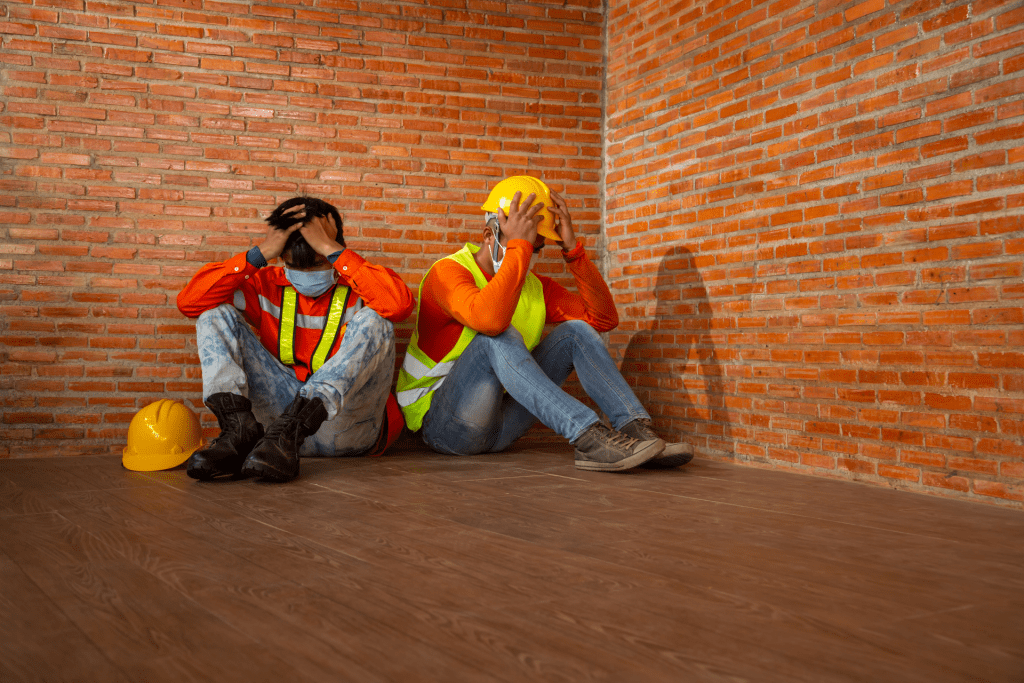On-Going Construction Crisis in Australia and Upward Pressure on The Housing Market
In recent years, Australia has been facing a construction crisis that has been driving up the cost of housing and making it difficult for many Australians to afford a home. The problem is multifaceted and complex, with various factors contributing to the issue. Let’s have a closer look at the construction crisis in Australia and the upward pressure it is putting on the housing market.
In its third report on the state of the nation’s housing for 2022-2023, released in March, the National Housing Finance and Investment Corporation (NHFIC) said banks increasing their interest rates earlier relative to the Reserve Bank of Australia guidance had reduced the supply of dwellings. This has resulted in Australia’s painful rental crisis which is expected to get worse in the coming years due to a shortage in supply of new houses and units caused by costs and ongoing constraints in construction.

Factors Contributing to The Construction Crisis in Australia
The construction crisis in Australia is characterized by a shortage of skilled labor, rising building costs, and a slowdown in construction activity. There is a growing demand for new housing in Australia, particularly in major cities such as Sydney and Melbourne, which has driven up prices. However, the construction industry is struggling to keep up with this demand due to a lack of skilled workers, particularly in trades such as plumbing, electrical work, and carpentry.
One of the main reasons for the shortage of skilled labor is the decline of apprenticeships in the construction industry. According to the National Centre for Vocational Education Research, the number of apprentices in the construction industry has fallen by more than 50% over the past decade. This decline is due to a variety of factors, including the high cost of training and the perception that apprenticeships are less prestigious than university degrees.
Another factor contributing to the construction crisis is the rising cost of building materials. The cost of materials such as timber and steel has risen significantly in recent years, driven by global demand and supply chain disruptions caused by the COVID-19 pandemic. Additionally, there are concerns about the quality of some building materials, particularly those sourced from overseas.
The slowdown in construction activity is also contributing to the construction crisis in Australia. According to the Australian Bureau of Statistics, the number of dwelling commencements fell by 2.6% in the December 2021 quarter, continuing a downward trend that has been ongoing since mid-2018. This slowdown is due in part to a reduction in government stimulus measures such as the HomeBuilder scheme, which provided grants to homebuyers and builders.

Impact of The Construction Crisis on The Australian Housing Market
The construction crisis in Australia is having a significant impact on the housing market. With a shortage of new housing being built, particularly in major cities, the demand for existing housing has increased, driving up prices. According to the latest data from CoreLogic, national dwelling values increased by 1.8% in March 2023, the fastest rate of growth since 1988. Sydney and Melbourne saw particularly strong growth, with dwelling values increasing by 2.7% and 2.4%, respectively.
The rising cost of housing is making it increasingly difficult for many Australians to afford a home. According to a report by the Australian Council of Social Service, housing affordability has declined significantly over the past two decades, with the proportion of low-income households in rental stress increasing from 35% in 2001 to 50% in 2021. The report also found that home ownership rates have declined among all age groups, particularly among young people.
Meanwhile, the ongoing construction crisis and resulting pressure on the housing market has also affected Australia’s rental crisis which is set to worsen as the nation faces a shortage of more than 100,000 homes over the next five years.
High interest rates, soaring immigration, bad weather, the rising costs of construction and a tight supply of labor and materials have all contributed to the shortfall, according to a report by the National Housing Finance and Investment Corporation (NHFIC).
Moreover, with the receding COVID situation, there is a sudden surge in migration as more than 350,000 skilled workers and students flock back to Australia, at a time of record low vacancy rates is likely to put upward pressure on rents and housing situation. The availability of serviced land, rising construction costs, and community opposition to development are also hindering new housing supply.
Economic Slowdown Due to The Construction Crisis
The construction crisis is also having broader economic implications. The construction industry is a significant employer in Australia, accounting for around 9% of total employment. The decline in construction activity and the shortage of skilled labor are reducing job opportunities and contributing to higher levels of unemployment. Additionally, the rising cost of housing is reducing disposable income for many Australians, which is having a negative impact on consumer spending and economic growth.
Possible Solutions for The Construction and Housing Market Slowdown
So, what can be done to address the construction crisis and alleviate the upward pressure it is putting on the housing market? One solution is to increase investment in apprenticeships and vocational training programs to address the shortage of skilled labor. This would require government support, including funding for training and incentives for employers to take on apprentices.
Another solution is to address the rising cost of building materials. This could be achieved through measures such as increasing local production of building materials, improving supply chain resilience and experimenting with build-to-rent housing solutions.
Final Thoughts
The construction crisis is not only impacting the housing market but also the wider economy. The construction industry is a significant contributor to the country’s GDP, and the slowdown in the industry is having a negative impact on economic growth.
In conclusion, the construction crisis in Australia is having a significant impact on the housing market, causing an upward pressure on property prices. The shortage of skilled workers, supply chain issues, and delays in government approvals are contributing factors to the crisis. Addressing these issues will be critical to easing the pressure on the housing market and ensuring the continued growth of the construction industry.

